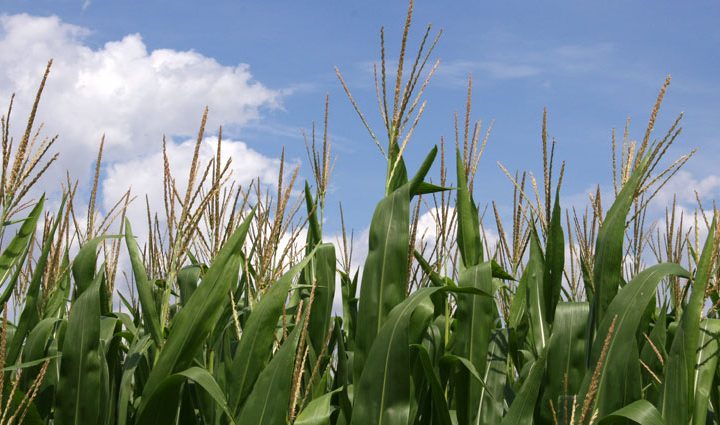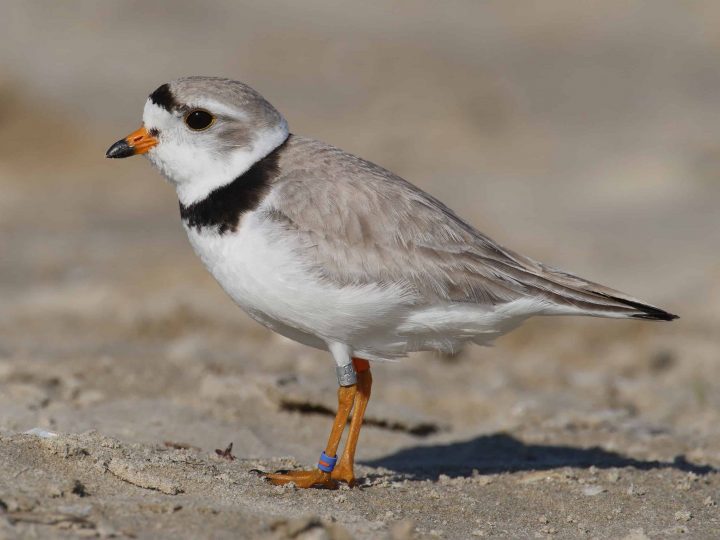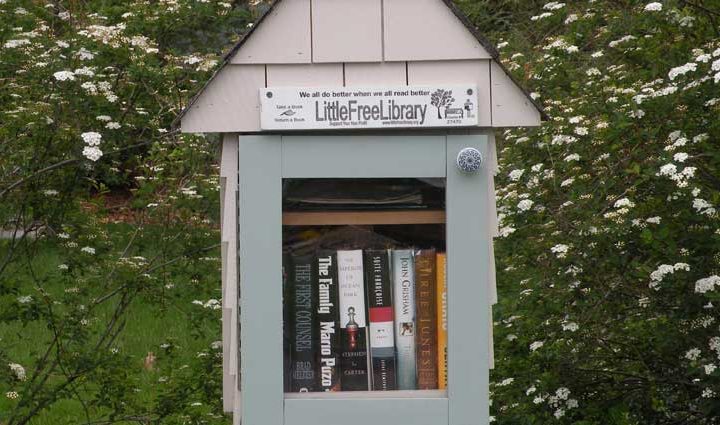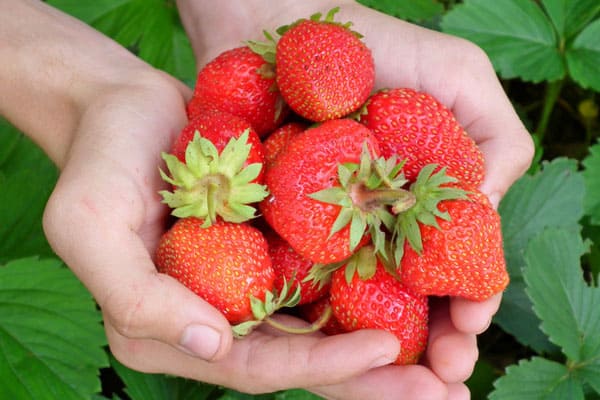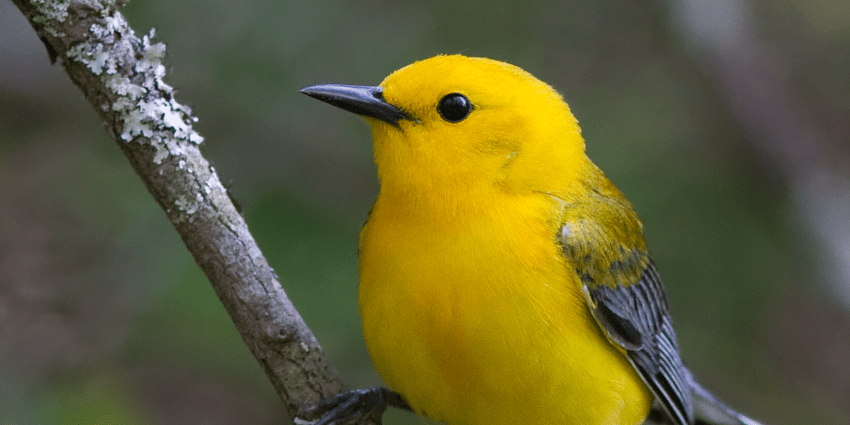
This winter, you were undoubtedly putting out sunflower seed and suet to attract the seed-eating birds to your feeders. You may have had visits from the common birds—the chickadees, juncos (they used to be called snowbirds), cardinals, blue jays, house finches, white breasted nuthatches, red-bellied woodpeckers, downy woodpeckers, and song sparrows. Those fortunate may have attracted the less commonly seen red-breasted nuthatches, purple finches, red polls, and hairy woodpeckers. If you put out mealy worms, you might even have attracted bluebirds to your feeders all winter long. And if you live near deep woods, you might even attract the enormous 18-inch pileated woodpecker which inspired the image of Woody Woodpecker.
Now that spring has sprung, you may want to attract the insect eating or nectar feeding birds that will come as surely as the warm temperatures. Habitat is a key. If you live near a wooded area you may be able to attract the beautiful family of insect eaters known as the warblers—so colorful they are sometimes called the butterflies of the bird world. Moving water in a series of bird baths is one way. That may allow you to attract yellow warblers, black and white warblers, the common yellowthroat (with the males black mask), magnolia warblers, or even a prothonotary.
For those interested in attracting hummingbirds, planting buddleia davidii or butterfly bush is always a good choice. Hummingbirds also respond very well to manmade feeding stations using a bright red feeder with colorful ports. Adding a red sugary solution will catch their attention as well. It is very important to attract them in the early spring when they are migrating. Keep the solution refilled to attract them to stay in your area.
If you have large grassy areas in your yard you’ll undoubtedly see robins—the Connecticut state bird—looking for worms, larvae, or grubs. Robins move like plovers; a few short steps, stop, tilt head, listen, and stab a worm or grub. It is fun trying to distinguish the males from the females. Both have the red breast, but males flaunt a deeper brick red while the females settle for a fainter orange/red breast.
Looking for kinglets are always fun. They migrate through my line of Blue Atlas Cedar trees every year, so adding cedars to your yard will likely attract birds such as these. Two species to look for as they grab insects in your cedars are the tiny ruby crowned kinglet and the equally small golden crowned kinglet.
Fruit trees are popular for attracting birds such as cedar waxwings, bluebirds, orioles, vireos, and warblers—birds called passerines or perching birds. Apple trees seem to be a bit heartier than peach or cherry trees, but it is fun to experiment.
If your property has a pond, it would be fun to put up several wood duck boxes. The box should be about 18-inches long and one-foot wide, with a hole of about 3.5 inches so the female can pop in and out. Adding wood chips will hurry the nesting process along as this most beautiful native Connecticut duck lays her eggs. You might even be rewarded by having a red phase or gray phase screech owl take to the box.
If you have a meadow next to your house, consider leaving a sizeable patch unmowed. Thistles will inevitably grow which will attract goldfinches later in the season. There was a time when meadowlarks, bobolinks, and even bluebirds were abundant American meadow species in our area.
Leave dead trees in place since they become great food sources for birds. If a large threatening tree must be cut, please cut it at 15-20 foot height so that it remains a source for nesting sites and food sources, yet no longer a falling threat. Birds are one of the greatest joys of life so please take the time to enjoy these winged wonders. You will be rewarded.
—Timothy Chaucer

